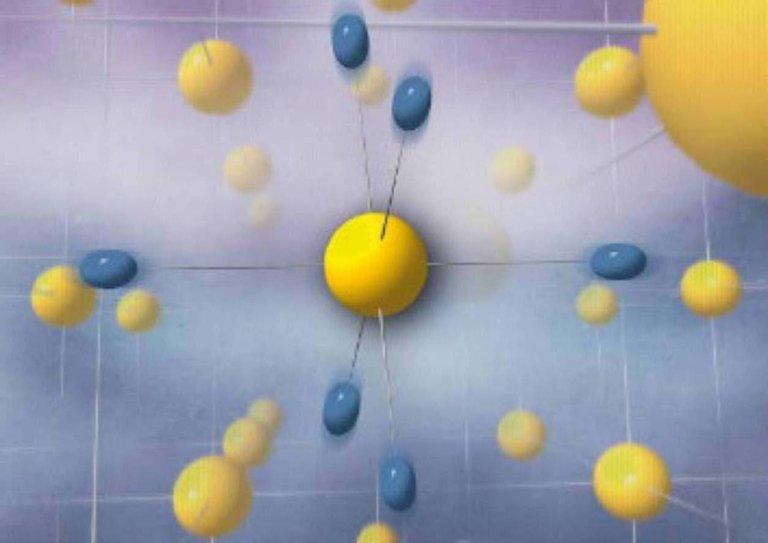New lights to look for materials that act as superconductors at room temperature
A study conducted at the Donostia International Physics Center has shown that the quantum character of hydrogen has a great influence on the properties of compounds rich in hydrogen. This may explain, for example, why hydrogen sulfide acts as a superconductor at temperatures higher than those of conventional superconductors.

The study has been published in the journal Nature. According to him, superconductors conduct the electric current without any electrical resistance, unlike conventional conductors such as copper. Obtaining a large current at a low energy cost has turned superconductors into materials of multiple applications. However, these materials obtain these electrical properties in conditions such as when they are at very low temperatures, when the substance cools at temperatures close to absolute zero (-273 °C or 0 kelvin). The problem when looking for applications is that conventional superconductors play as superconductors at such low temperatures. Last year, however, some German researchers received important news: that hydrogen sulphide has superconductive properties at high temperature. They saw it as a superconductor at the highest temperature in history: -70ºC or 203 K.
The discovery of superconductive materials near the ambient temperature makes its applications more and more viable, both technological and economically. If this compound that smells of rotten egg –hydrogen sulfide– is subjected to a pressure greater than one million times the atmospheric one, it behaves as a superconductor to the highest temperature ever identified.
In this occasion Natura has published a work that has given more light to the superconductive properties of hydrogen sulfide. This international study, led by Ion Errea, researcher at the UPV-EHU and the Donostia International Physics Center (DIPC), has shown that the quantum nature of hydrogen (i.e., the possibility of behaving as particles or as waves) has a great influence on the properties of compounds rich in hydrogen. This is the case of superconductor hydrogen sulfide.
In fact, the quantum movement of hydrogen can have a great influence on the microscopic structure of compounds rich in hydrogen (up to the transformation of the chemical bond) and its ability to be superconductors at high temperatures. For this reason, the researchers consider that, like hydrogen sulphide, they can be superconductors at room temperature composed generally rich in hydrogen.
The goal is now clear: to get superconductors at room temperature that are very useful for the development of new generation supercomputers, levitation tools and applications. Although theoretically it is possible, it is not easy to get them. However, this study, led by DIPC and UPV, has given great clues to clarify quantum behavior after the high temperature superconductivity of hydrogen sulfide.
Buletina
Bidali zure helbide elektronikoa eta jaso asteroko buletina zure sarrera-ontzian










